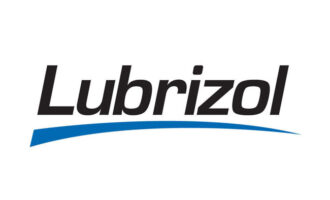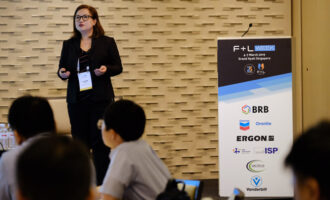
LANXESS announces capacity expansion for corrosion inhibitor products
German specialty chemicals company LANXESS has successfully completed a debottlenecking project resulting in a 15% increase in the global production capacity of its Additin RC 4000 series of corrosion inhibition additives. The additional capacities are a result of process synergies identified and realized following LANXESS’s 2017 acquisition of U.S.-based Chemtura Corporation, which expanded its lubricant additives portfolio and global production network.
“With LANXESS’s increased footprint from the Chemtura acquisition, we were able to unlock process synergies between our production sites in Mannheim, Germany and West Hill, Canada to increase output of our corrosion inhibitors products to meet market demand and further enhance our global production network,” said Martin Saewe, head of the Lubricant Additives business line in LANXESS’s Additives (ADD) business unit.
“The global corrosion inhibitor market is growing and we have seen increasing demand for LANXESS specialty additives products due to their unique performance and technical advantages relative to other product offerings in the market,” Saewe adds. “While we are committed to supply security for our customers, we are also looking toward the future with new product developments in the pipeline to meet new performance requirements and stricter regulations.”
LANXESS’s Additin Corrosion Inhibition (CI) product range includes calcium sulfonate, carboxylate, succinic acid, and phosphoric acid-based specialty products. They work by being adsorbed on the polar metal surface to form a water-repellent and protective film that protects against corrosion. Main applications include power transmission oils, industrial oils, metalworking fluids, anti-corrosion oils, and greases.
The Additives (ADD) business unit is part of LANXESS’s Specialty Additives segment, which recorded sales of EUR 1.60 billion (USD1.82 billion) in fiscal year 2017.









